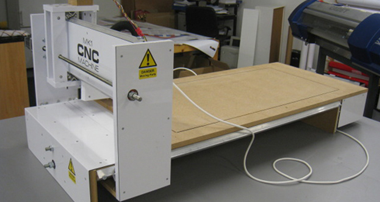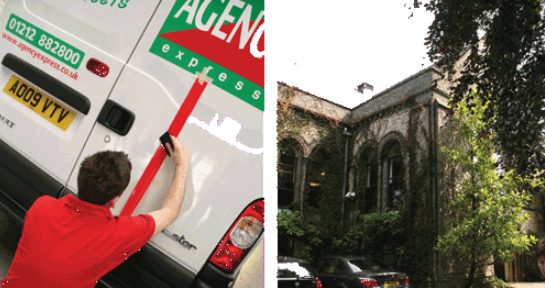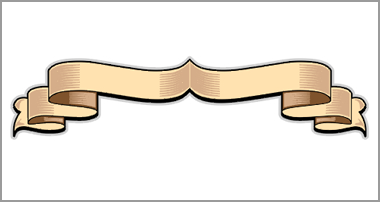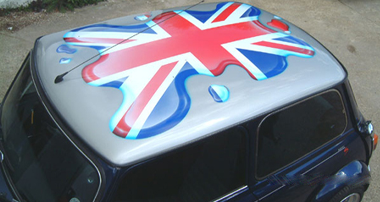Creating Depth – the secret to successful sign design
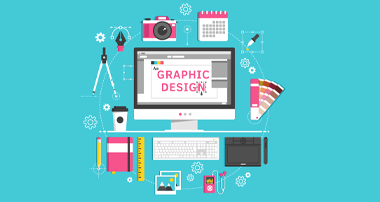

Have you ever wondered what it is that makes a poor sign poor, and a good sign good? Do you struggle to put your finger on what it is about a design that makes it look appealing?
There are those that claim a natural talent is needed to create good design, The rest of us are left with having to study, practice and work hard on our designs before we can turn out work that has a natural appeal to others.
Or is there a simpler way? I believe there is:-
One of the common denominators in all successful and pleasing designs is the use of depth in the sign.
I believe this is because we experience the world around us in 3 dimensions. Our brains have a natural understanding of depth. Most of what we see is solid and has mass. So to create appealing work we have to recreate how we experience what we see in the real world.
If we wish to fool our senses into believing we are looking at something that has more substance – then we must add visual clues to create the illusion of depth in our signs.
I believe that this simple fact is a good way of understanding how to construct layouts that are appealing.
Here are a number of ways in which we can add depth (and therefore more substance) into our designs:-
1 – Use Of Shadows
The simplest and most well known method is by adding a simple shadow to create the illusion of depth around some lettering.
In this example we can see that the image on the right has more substance and looks much better than the same image on the left because of the shadow
2 – Use of Colours
Colour has a dramatic impact on how we feel about what we are seeing. In this example above, we can see that the coloured background is more appealing than the white background. This is because the red colour has added a sense of space- the background is no longer bland and ignored but is now an important element of the design.
3 – “Natural layout”
If you study the teachings of the late Mike Stevens in his book “Mastering Layout” you will see that many of his recommendations result in layouts that have some degree of depth to them. “Natural layout” (with it’s foreground, middle ground and background formula) results in a sign that has an inherent sense of depth.
In the example below the image on the right follows the “natural layout” formula whereas the words on the left hand image are all competing for attention. “Natural layout” prioritises words into “foreground”, “middle ground”, and “background” groups thereby creating an illusion of depth in the design.
for a more in depth explanation about natural layout see here:- CLICK HERE
4 – Use of Line Value (weights) in fonts
Mike Stevens also taught the importance of varying the weights of the fonts used.
In this example the image to the right uses regular, medium and bold fonts. Contrast this with the image on the left which uses only bold fonts and you can see how this helps to create an illusion of depth.

5 – Use of Contrast
Contrasting colours can also help to generate an illusion of depth.
In this example, the image on the right with maximum contrast, conveys a much greater impression of depth than the image on the left.

6 – Visual Clues
We can also implant visual clues to generate a sense of space
In this example the large and small circles are clues that trick the brain into seeing an image that has more space than the image on the left.
(e.g you could add a small tree and a large tree to a landscape gardeners business name to impart the same sense of depth to that shown above)
Similarly, by placing one component so that it slightly obscures the component behind we trick the brain into sensing more space.

7 – Graduated Tints
And for the designer who is not confined to the use of solid colours (as is the case with cut vinyl signs) there are even greater opportunities to generate a sense of depth (and therefore realism)
In this example a graduated radial tint has been used on the circle to generate a sphere. And the background has been given a similar treatment to generate a feeling of space.

All the examples above can be used in isolation or in conjunction with the others to create appealing layouts. There are probably many other ways to add depth and realism to your designs. The important message here is to include prompts in your designs that create a sense of 3 dimensions as opposed to a much blander appearing 2 dimensional world. The result will instantly transform what would otherwise be a bland looking sign.
I hope you find this useful.



